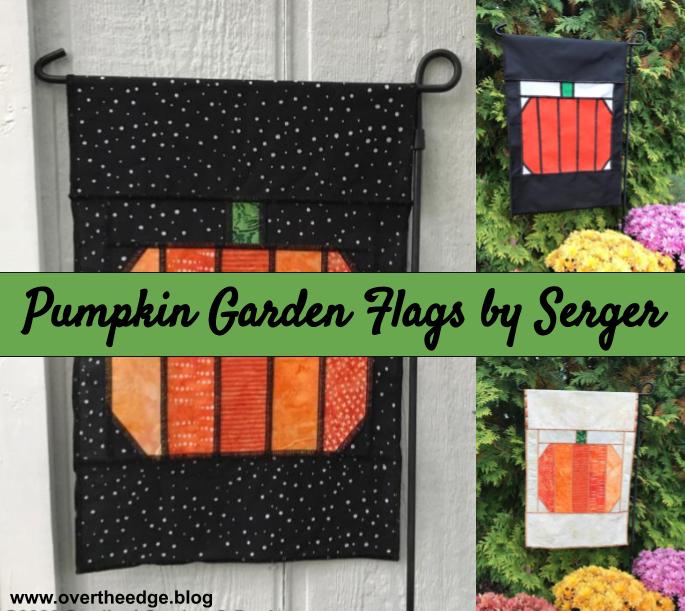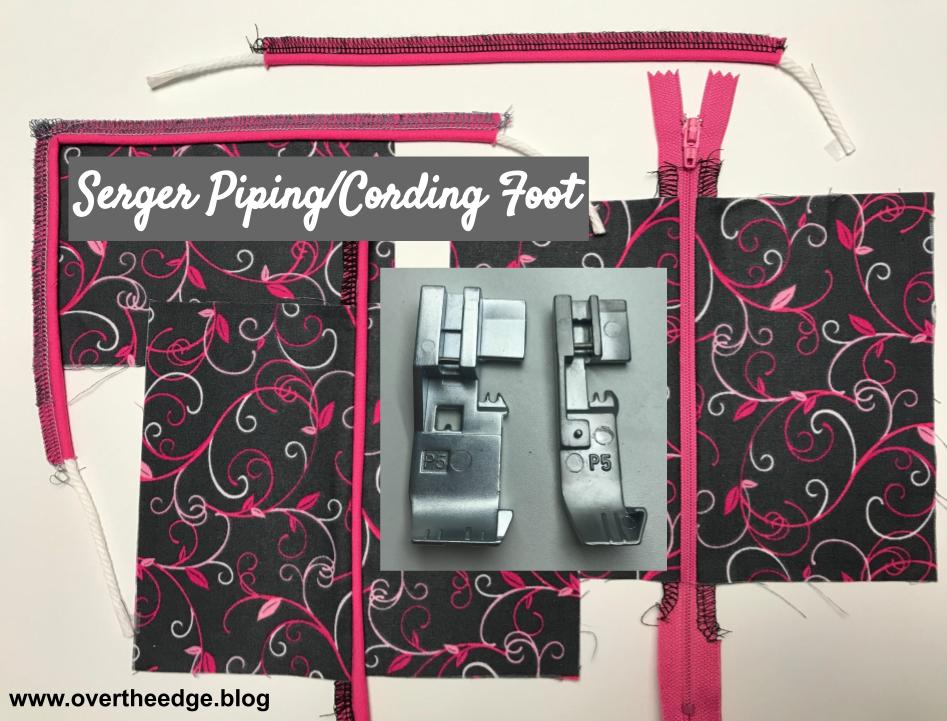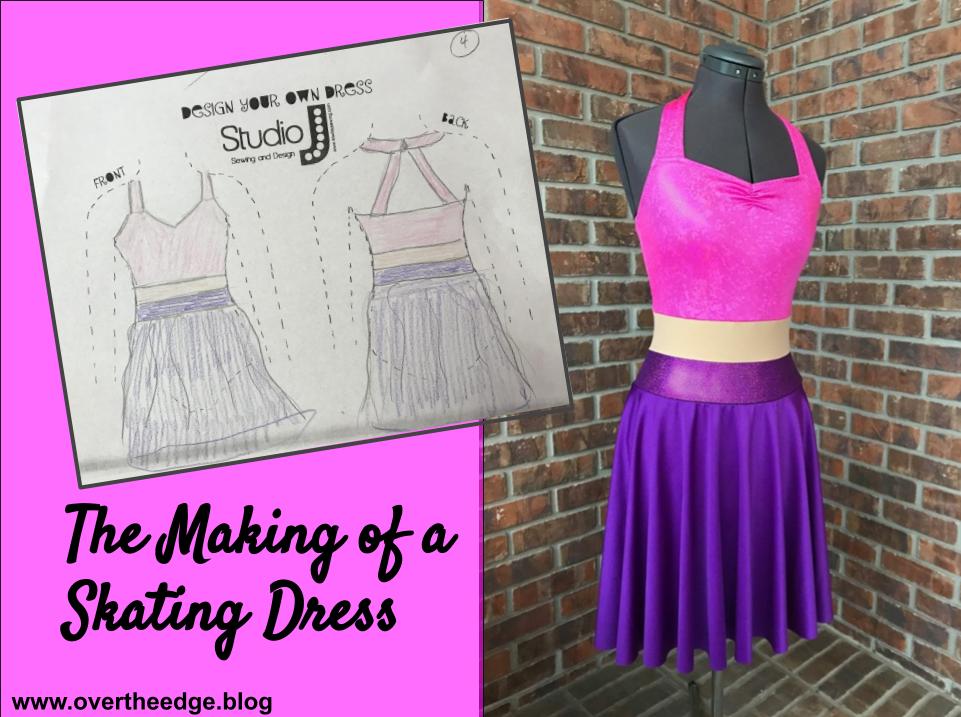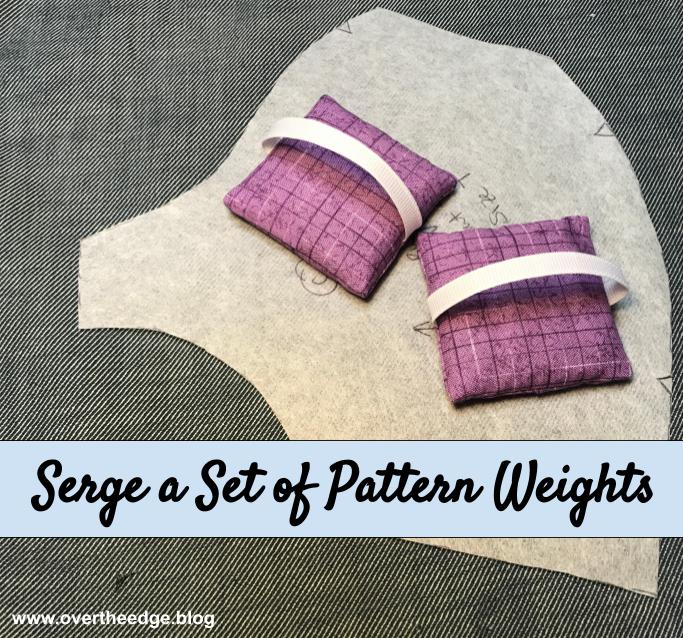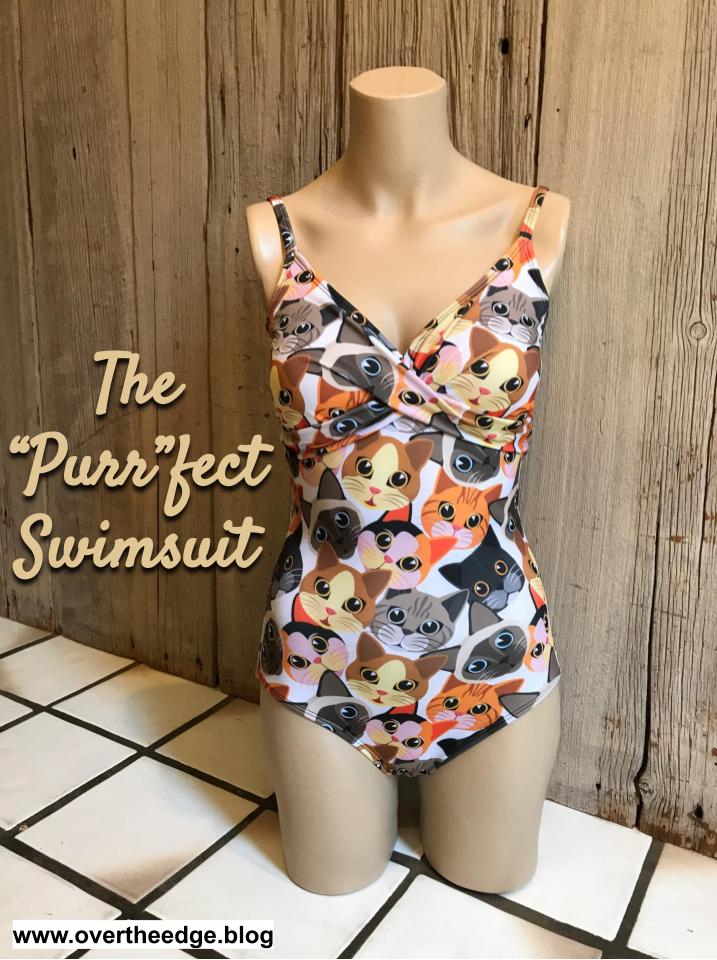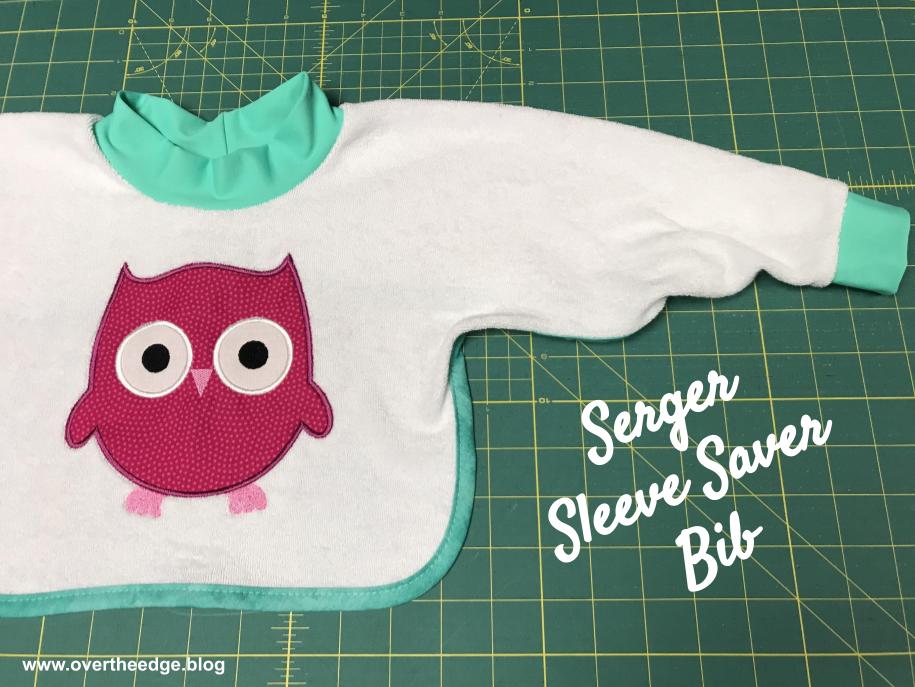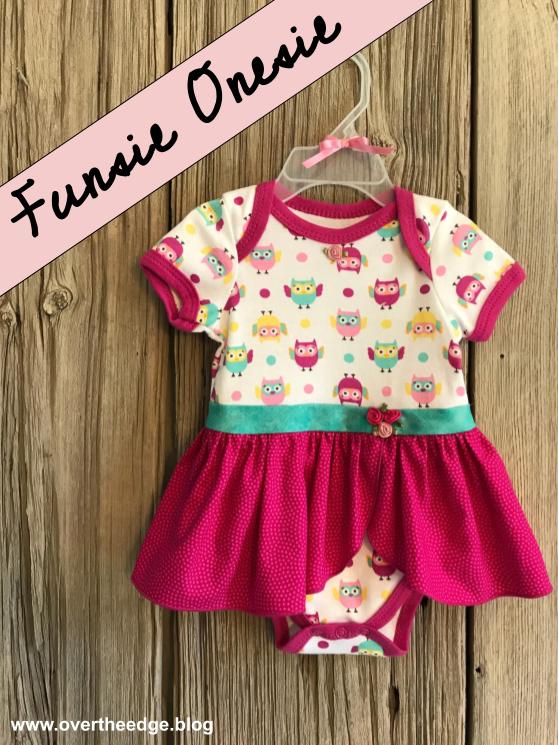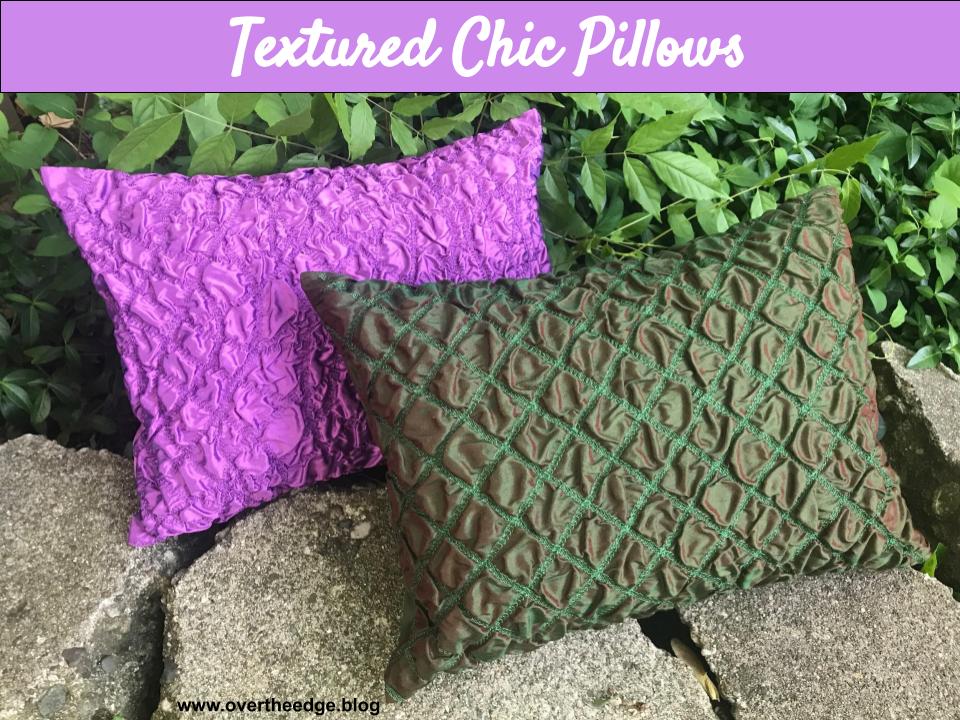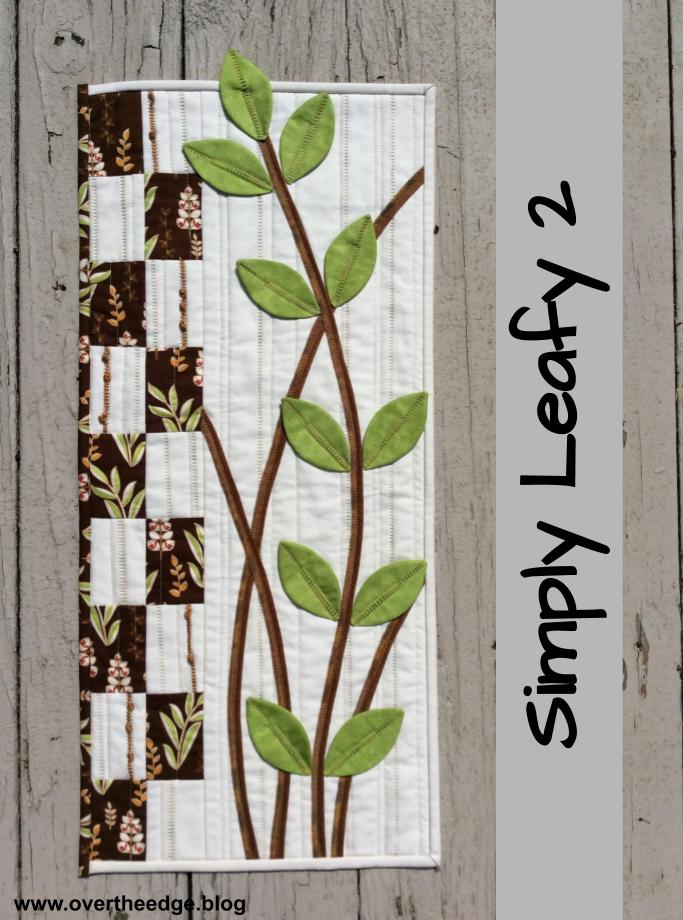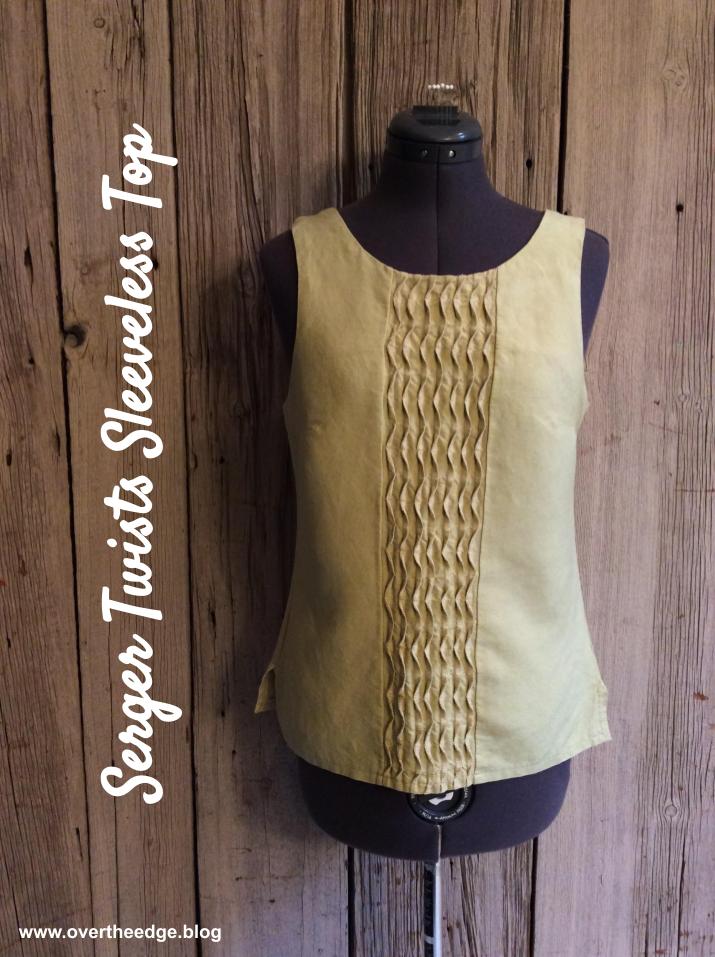Which Fabric Makes a Better Flag?
Making “stained glass” fabric flags with reversible fabrics is a great way to utilize the flatlock stitch on your serger! But which fabric makes a better flag – cotton batik or flag sport nylon?
Earlier this year I wrote a blog post and tutorial about making a serger flatlocked heart flag. That flag was made from cotton batik fabric because that is what I had access to at the time. After that post, I received several questions asking me if the flag could be made from nylon fabric. I finally got my hands on some flag sport nylon fabric and gave it a try. I experimented with garden flag prototypes until I was happy with the results. Making a flatlocked flag out of flag sport nylon is not that much different than making a flag using cotton batiks. But I do have a few tips to help you be more successful. Read on below to learn more about working with flag sport nylon to make flatlocked flags using your serger.
Since I really love using my serger to make these garden flags, I decided to design a flag for every season! My Pumpkin Garden Flag is both my second flag design and my second official serger pattern. You can find the pattern for my Pumpkin Garden Flag in my Etsy shop (see LINK at bottom of post).
Which Makes a Better Flag – Cotton Batik or Flag Sport Nylon?
These pumpkin garden flags are equally awesome in cotton batik or flag sport nylon. But there are pros and cons to using both fabrics for flags.
Cotton Batiks
- You can find cotton batiks in all sorts of interesting colors and patterns that really bring the flag to life.
- Cotton is easy to sew or serge.
- It is not water repellent or quick drying and will soak up water when it rains.
- Cottons will fade when exposed to sunlight.
Flag Sport Nylon
- Flag sport nylon is available in only solid colors.
- Nylon can be stiffer and more slippery than cotton, and a little more difficult to handle than cotton.
- It is mold/mildew resistant, water repellent and quick drying.
- Nylon will fade when exposed to sunlight, just not as fast as cotton.
Although I think the cotton batik flags are much more interesting, the flag sport nylon flag will probably hold up better outside. So my nylon flags will hang outside. And my batik flags will be for indoor use, or limited outdoor use. But maybe I will hang my batik flags outside anyway and make new ones when they fade. Now that I’ve made a few they are pretty quick to serge. I can make a flag in less than an hour, including cutting out the pieces.
About the Flatlock Stitch
There are different techniques for doing a flatlock stitch, such as flatlock on the raw edges of fabric or flatlock on a fold. But for this blog post I am referring to flatlock piecing, where you use the three thread flatlock stitch to seam two pieces of fabric together with the knife engaged and slightly skimming/trimming the raw edges of the fabric. In the Resources section at the bottom of this post you will find a link to a short video I made about flatlock piecing.
As you serge, the upper looper forms “loops” on the top, and the needle thread forms “Vs” on the bottom and the lower looper forms a straight line right along the raw edges of the fabric.

When pulled open, one side of the seam will form “loops” and one side of the seam will form “ladders”. You will also notice that one of the fabric raw edges will remain flat, and the other will fold under. The raw edge of the fabric that is on top remains flat which you will see on the loop side of the stitch. The raw edge of the fabric that is on the bottom when you serge, will fold under which you will see on the ladder side of the stitch.
How to Get the Fabric Raw Edge to Fold Consistently on the Ladder Side
The way you open the seam can help the raw edge fold well. Of course you can just grab it and yank it open, but you may find the raw edges don’t always fold over the way you want them to. If you work with the fabric and it’s natural tendency to fold you will get better results. Here’s what you can do to get a better fold of the raw edge in your flatlock stitch:
Place the seam with the bottom fabric side (the V side) facing up.
Insert your fingers between the two layers of fabric, placing them next to the seam.
Use those fingers to hold the fabric down, while you use your other hand to pull the other piece of fabric to open the seam. Continue holding the fabric down and pulling the fabric open until you have opened the entire seam.
Differences between Serging with Cotton Batik and Flag Sport Nylon
Cotton batik fabric is a softer and less slippery than nylon, which makes it a little easier to handle. I recommend that you make your first flag from cotton batiks, before moving onto to nylon.
Flatlocking with Cotton Batiks
Cotton batik fabrics are soft and supple enough that the raw edges typically fold under within a flatlock stitch. These folded raw edges lay flat within the seam and therefore the seams are fairly flat, especially if you press them. You don’t need to do anything else. Occasionally the raw edge may flip out and lay flat in a spot or two. You can just manually help it fold back under the stitches by using a stiletto or some other tool.
Flatlocking with Flag Sport Nylon
Nylon is stiffer, which means it prefers not to fold. So the raw edges of the nylon fabric within the flatlock seam will fold in some areas and try to lay flat in others. This flipping back and forth between flat raw edges and folded raw edges creates bumps or twists in the seam at each transition. See example below.
Since the nylon would prefer to lay flat and not fold, you will get a nicer looking seam if you prevent the raw edges from folding as you open the seam. I’ve found that if I run my fingers gently along the back of the seam as I am opening it up, I can prevent the raw edges of that bottom layer from folding under. However, I sometimes still end up with a few areas that have folded under.
So here’s what you do if you still have areas that are folded after you open your seam. Take a stiletto or other tool and insert it carefully between the ladder stitches and under the folded raw edge. Gently “grab” the folded edge with your tool and unfold it. Your seams will lay nice and flat if you do this. (You could do this with cottons too, but there is no need since the folded seams aren’t bulky.) I was very happy with the results of this technique on my nylon flags. The seams on the flags were smooth and flat. It was worth the little bit of extra fiddling with the seams to make them look perfect (see photo below).
Types of Thread I used for Serging Flags
I’ve used several different types of thread for serging garden flags. The thicker decorative threads are more visible and create a better “stained glass” effect, but standard serger threads will work if that’s all you have or if that’s what works in your serger. Not all thick decorative threads work in all sergers. My Baby Lock Evolution serger happily handles all threads, but my first serger (a Pfaff) was very finicky. For example, it did not like YLI Wooly Nylon no matter how many adjustments I made, but it was happy with Gutermann Toldi Lock or Maxi Lock Stretch.
12 wt. Cotton or Rayon
I used both a 12 wt. cotton thread by Sulky and a 12 wt. rayon thread by Madeira for my cotton batik flags, and both work well. Even though the label on the spool recommends a size 100 needle, I used a size 90 serger needle, because that is the maximum size needle I can use in my serger. I serged at a slower speed, and didn’t have any problems with these threads in my needle. Of course, the loopers can handle these threads, no problem.
Texturized Nylon
Threads such as YLI Wooly Nylon, Madeira Aeroflock, Gutermann Bulky Nylon and Maxi Lock Stretch are all brands of texturized nylon thread. This type of thread serges well and has good coverage of the seams on the garden flags. I have found that the texturized nylon thread in a flatlock stitch tends to “snag” on rough surfaces more than other threads I have used for flags (such as cotton, rayon). So when the flag is flapping around in the breeze and rubs up against something, the thread may catch and pull the seam, distorting the stitches slightly. I did use texturized nylon thread for the seams on the nylon flags.
Pumpkin Garden Flag Pattern
Follow the link below to take you to the Pattern Section of my Etsy shop – Studio J Sewing. This pattern is available as a PDF file digital download. You can begin serging pumpkin garden flags as soon as you checkout!
Purchase the serger sewing pattern, Pumpkin Garden Flag, before October 31, 2020 and save 30% using Etsy coupon code SAVE30PATTERN during checkout.
https://www.etsy.com/shop/studiojsewing?coupon=SAVE30PATTERN

I’d love to see the finished pumpkin garden flags you made with your sergers! Please share your photos via email to jennifer@overtheedge.blog. Which fabric makes a better flag? What do you think?

Resources
If you’d like to try making a heart flag with my free tutorial click on this link: https://overtheedge.blog/tutorials/serger-flatlocked-heart-flag/
To see flatlock piecing in action click on this link to view my YouTube video on Flatlock Piecing: https://youtu.be/iN_D06Htzwg
To learn how easy it is to remove stitches in a three thread flatlock seam, click on this link to view my YouTube video: https://youtu.be/QIW0PZQDW64

